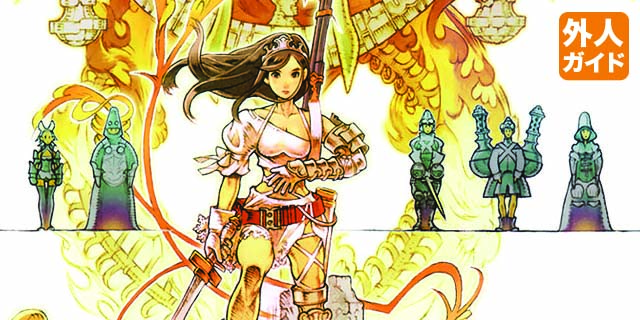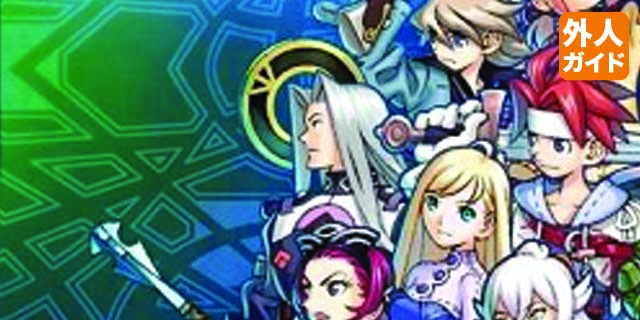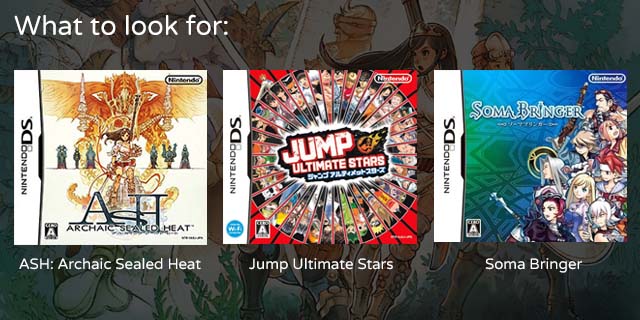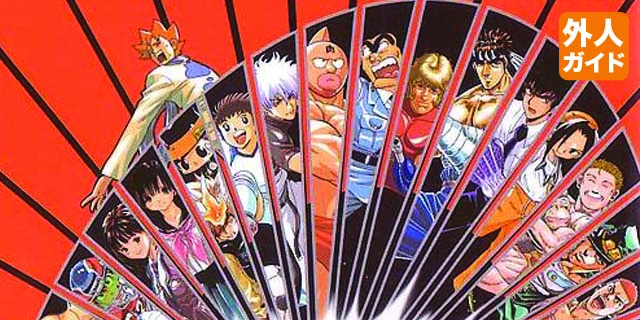
The Operation Rainfall fan support campaign may or may not have been the sole reason Western players were able to enjoy Xenoblade Chronicles, The Last Story and Pandora’s Tower, but there’s no denying that it certainly helped. It’s important to remember, though, that these three Wii games weren’t exactly the first to be withheld from the West. In fact, though the history is rich and diverse, it just so happens that each of the three Rainfall studios had previously developed deep, nuanced DS games for Nintendo, and we didn’t get those either!
Before I jump into them, though: remember that Nintendo wasn’t exactly the stingiest of publishers on the platform. It took risks in releasing Glory of Heracles, The Legendary Starfy, Magical Starsign, Hotel Dusk, Chibi-Robo!: Park Patrol and Rhythm Heaven, and it generally didn’t work out very well with any of them. Still, these would’ve been nice additions to the lineup, and some almost were.
Before The Last Story, there was Archaic Sealed Heat
Import File:
ASH: Archaic Sealed Heat
Released: October 4, 2007 (JPN)
Developer: Mistwalker/Racjin
Publisher: Nintendo
Language barrier: Moderate. You’re not going to understand the story, but it’s a tactical RPG, so you can generally learn what the buttons do if you want to give it a try.
Of all three of these games, the most surprising lack of a localization is ASH: Archaic Sealed Heat. It is, after all, a tactical RPG on a system built for the genre, and a lush story and world built by Final Fantasy creator Hironobu Sakaguchi. It’s also somehow the only unlocalized Mistwalker game; there were Western releases of Lost Odyssey, Away: Shuffle Dungeon and all three Blue Dragon games. There were rumors of a Nintendo localization in the works, with ESRB ratings and voice acting, but it never materialized.
It’s a shame, too, because it’s great.
Even now, ASH remains one of the most visually-impressive DS games, with fairly-detailed characters and meticulously-crafted CG scenes filling its huge-for-its-time card. The gameplay falls somewhere between Final Fantasy Tactics and Fire Emblem: it has the class structure and battle maps of the former, but a more straightforward action-point approach makes it feel a bit abstract like the latter. Throw in a layer of Devil Survivor-style party-unit management, and you have a decent idea of what to expect.
Before Pandora’s Tower, there was Jump Ultimate Stars
Import File:
Jump Ultimate Stars
Released: November 23, 2006 (JPN)
Developer: Ganbarion
Publisher: Nintendo
Language barrier: Minimal. Sometimes a battle will have a special win condition, but besides that, things make a lot of sense.
So Jump Ultimate Stars isn’t an RPG, but frankly, neither was Pandora’s Tower. It’s an interesting game nonetheless! A sequel to Jump Super Stars, which we also didn’t get, it pitted a colossal roster of Shonen Jump characters against each other in Smash Bros.-style combat. It’s obvious why we didn’t get this one; Western licenses are spread across so many different companies, none of them Nintendo, and securing the rights to use all of these franchises would’ve been a nightmare.
It’s a shame, though, because it was incredibly robust. Ultimate Stars featured lots of stages, designed to look like manga pages with breakable borders, and 56 playable characters supported by a host of others. What makes it truly compelling, though, is its customization. You make manga pages on a 4-by-5 grid on the bottom screen to determine which characters and boosts you’ll have in battle. Characters take up the most room, and the game makes more powerful ones larger rather than limiting itself to equaling each’s capabilities. There are different shapes and sizes for many characters to give you choices, too, so you can use a weaker Naruto as part of a three-character squad or attach a few boosts to the eight-square version and try to go solo. You also add support characters here, and can trigger them through mapped shoulder buttons.
The single-player campaign, in which you unlock these pieces and gain access to the wealth of team options, pits you against various enemies in different game types. These are a bit more varied than Smash‘s you-against-a-team and you-against-a-metal-person battles, though you’ll soon learn how effective it can be to punch a hole in the wall and send foes flying out. The multiplayer options were great too, with online and local play. If you import, you’ll be able to use Download Play to try it out with friends, though their character options are very limited.

Before Xenoblade Chronicles, there was Soma Bringer
Import File:
Soma Bringer
Released: February 28, 2008 (JPN)
Developer: Monolith Soft
Publisher: Nintendo
Language barrier: Low. Story’s a lost cause without a translation, but its action focus means you’ll enjoy yourself.
Of these three projects, Soma Bringer is much closer to its Wii follow-up than the other two. It’s a quest-based action-RPG with AI-controlled allies and a lush world. It’s a little more free-form than that, though, as you choose your class and have different sets of abilities as a result, but it’s also less free-form in that there’s a fairly linear narrative progression.
For those looking to import, that’s probably great; you can focus on learning the interface symbols to enjoy combat, and not have to worry too much about constant searches for which thing to walk up to in order to trigger the next event. And that’s fine, because the combat is legitimately satisfying in a Secret of Mana-style way.
What makes the game great is its details. The camera zooms in when you attack things, making strikes feel more dynamic. Your allies generally know what to do when battles start, so you don’t have to worry about micromanaging them. Also, remember when I mentioned Secret of Mana? Just like it, you can play Soma Bringer with two friends through the whole adventure. (If you can snag three copies and get in the same room, anyway, but you know me. I think it’s worth it.)

All three have fan translations available to make things easier, but remember: piracy’s bad, folks. They’re readily available on eBay and for less than original retail, so it shouldn’t be hard to snag one and give it a try.




















